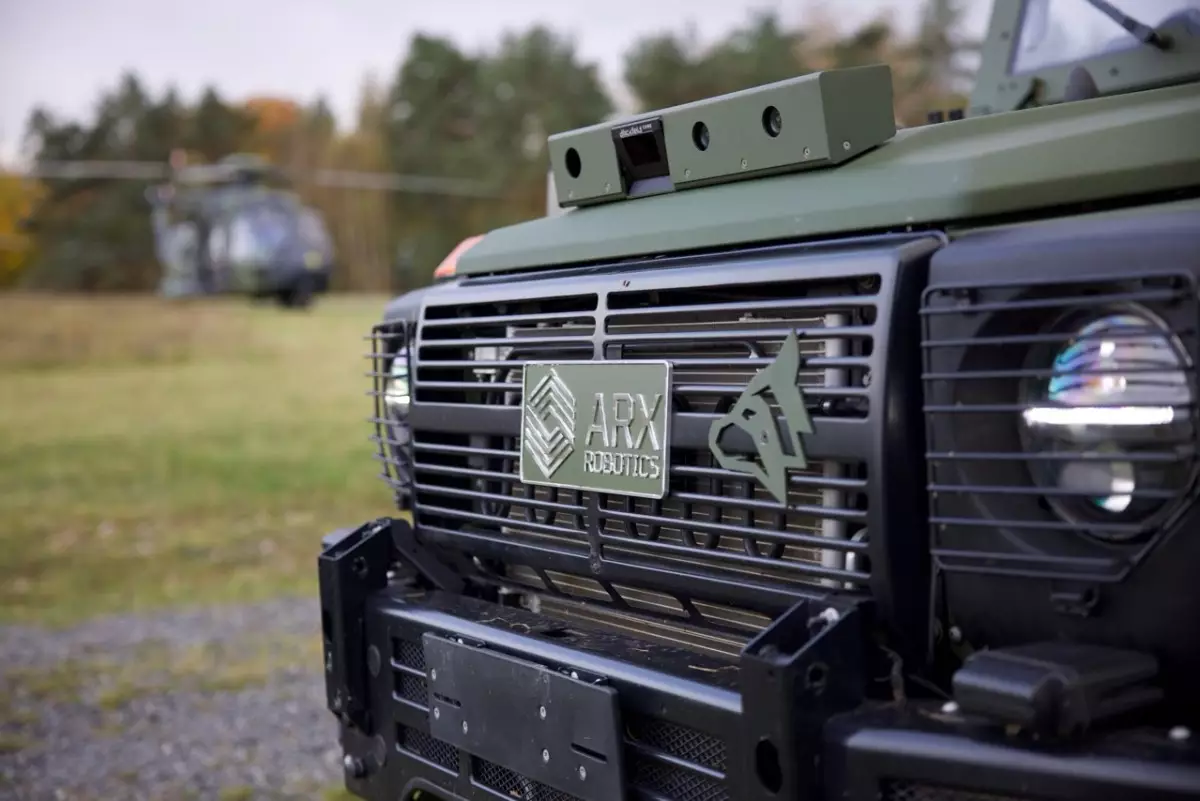In a landscape characterized by rapid technological change, the defense sector grapples with the challenge of integrating modern innovation into existing military frameworks. ARX Robotics, a startup founded by former German military personnel, has emerged as a pivotal player in this evolving narrative. The company’s recent advancements encapsulate the ambition to transform legacy defense equipment into smart, AI-driven systems akin to consumer technology like the Amazon Firestick. This unique approach aims to reimagine outdated military assets and enhance interoperability on contemporary battlefields.
The ambitious vision of ARX Robotics received a significant endorsement in June when it raised an impressive €9 million in seed funding. With the NATO Innovation Fund taking the lead, alongside contributions from Project A Ventures and Discovery Ventures, the financial backing underscores a collective recognition of the pressing need for modernization within NATO armed forces. Such investments are crucial as they signal a growing acknowledgment of the inadequacies in current military technologies and the potential benefits of innovative solutions like those offered by ARX.
At the core of ARX Robotics’ strategy is the recently launched ARX Mithra OS, an AI-based operating system that converts traditional military vehicles into autonomous, intelligent units capable of collaborating seamlessly on the battlefield. This operating system is enhanced with hardware components such as cameras and sensors, which can be easily mounted on military trucks and other vehicles. Furthermore, the inclusion of over-the-air updates allows forces to maintain and enhance their capabilities without the need for extensive overhauls, thereby creating a cost-effective solution to an age-old problem.
Marc Wietfeld, founder and CEO of ARX Robotics, attests to the pressing need for modernization based on firsthand experiences in conflict zones, particularly in Ukraine. He highlights the disconnect between cutting-edge military technology—such as drones and advanced sensors—and the aging analog systems that many Western armed forces continue to employ. This disjunction poses significant risks; without integration and interoperability, the potential effectiveness of advanced systems is severely limited. Wietfeld’s observations bring a stark reality to light, suggesting that the present military procurement practices may hamper overall operational effectiveness.
With a robust commitment to renovating existing fleets rather than pushing for expensive replacements, ARX Robotics occupies a unique niche in the defense sector. Wietfeld asserts that the startup faces no known competitors in their dedicated mission to upgrade legacy military equipment. The emphasis on enabling vehicles of various makes—from Toyota used by Ukrainian armed forces to British Challenger tanks—to communicate through a common interface presents a transformative opportunity. Ultimately, the objective is to create “wingmen” within military fleets that contribute to strategic decision-making processes and battlefield awareness.
The geopolitical landscape has shifted drastically following the Russian invasion of Ukraine, leading to an increased willingness among nations to invest in military capabilities. Nevertheless, as concerns regarding budget constraints and changing priorities emerge, the necessity of investing not just in new technologies, but in improving existing assets becomes paramount. General Lieutenant A.D. aptly notes that failure to adapt current military hardware could leave forces vulnerable in an era where technology plays an essential role in operational success.
As ARX Robotics continues to carve out its niche in the modernization of military equipment, it champions an approach that seamlessly integrates advanced AI technology with traditional systems. The implications of such innovations are far-reaching, promoting a future in which military operations can adapt and thrive amidst change. By embracing both the present and the future of warfare, ARX Robotics challenges established norms and offers a compelling vision for a more interconnected and efficient defense environment. The stakes couldn’t be higher, and the need for innovation in military hardware has never been more urgent. This legacy of transformation could very well define the future of the armed forces in an increasingly complex battlefield.

